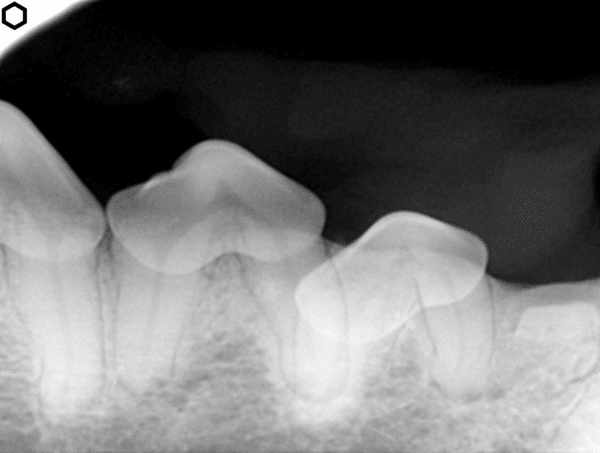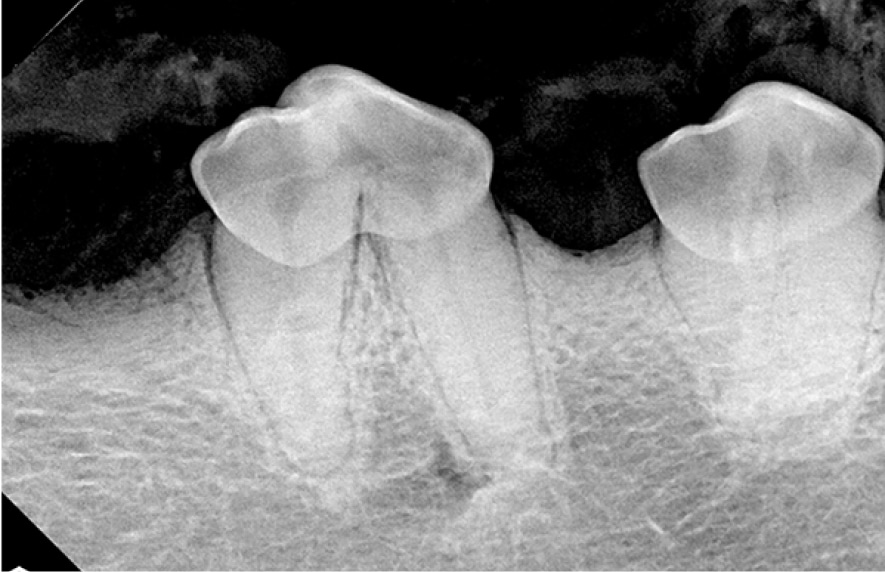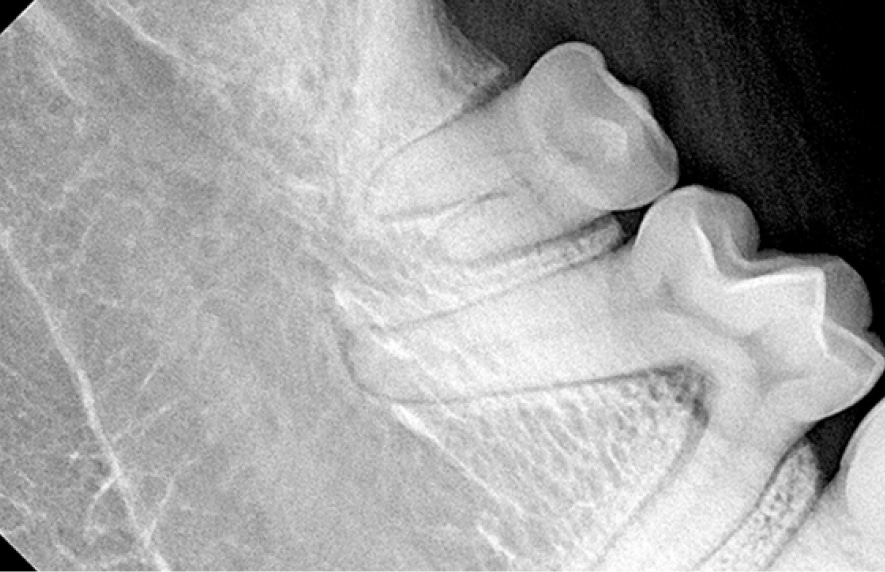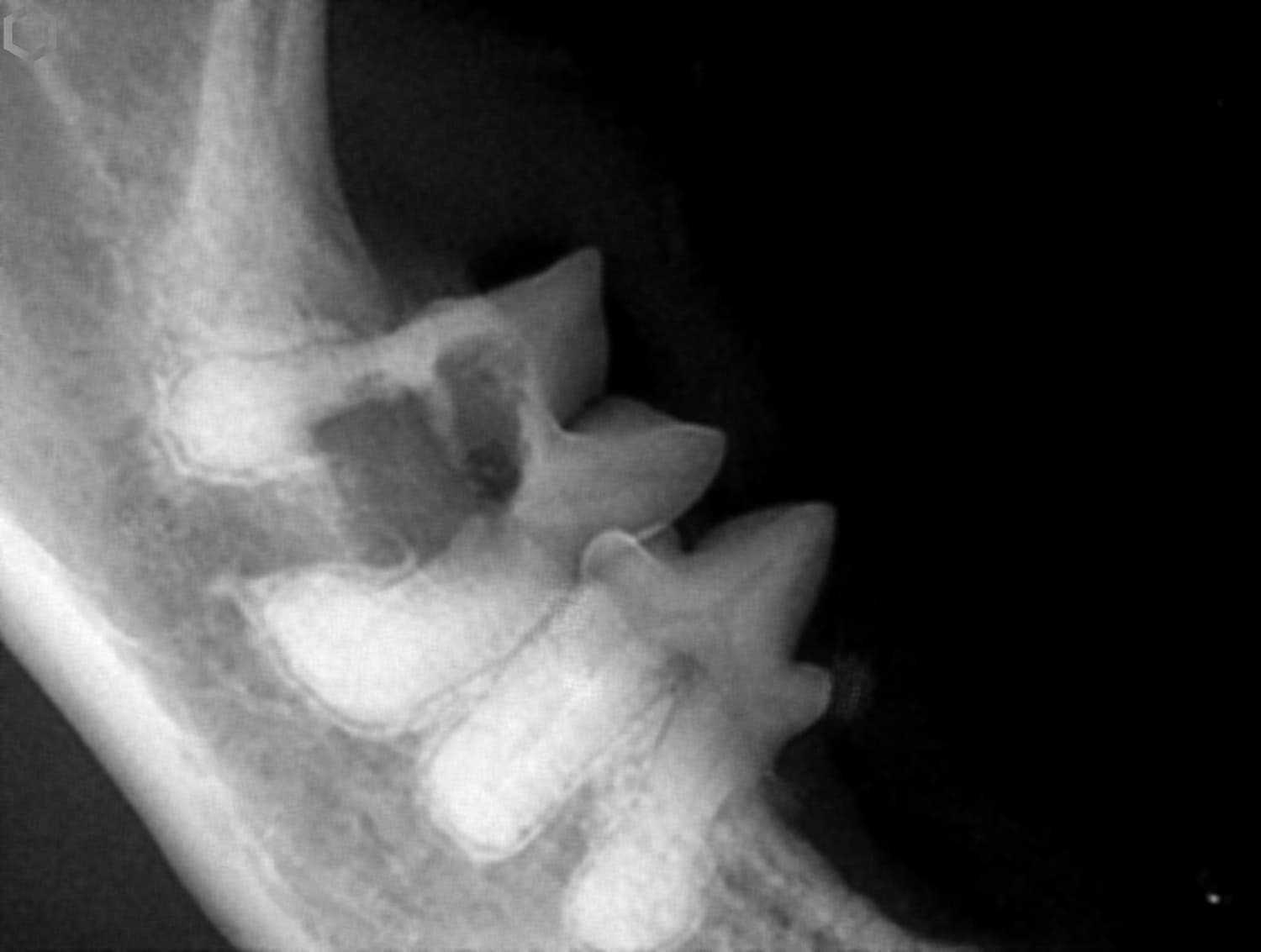
Why Intraoral Radiographs?
Intraoral radiographs, or dental x-rays, are essential for diagnosing and treating oral conditions in pets. These images provide a detailed view of the teeth, bones, and surrounding tissues that cannot be seen during a visual exam. Intraoral radiographs allow veterinarians to assess the extent of issues such as tumors, fractures, periodontal disease, or tooth root problems. They play a critical role in treatment planning, ensuring that dental procedures are precise and effective, and they help monitor healing and detect any potential complications. Without these radiographs, oral care would rely on guesswork, making accurate diagnosis and treatment more difficult.


Headline Here
This is just placeholder text. Don’t be alarmed, this is just here to fill up space since your finalized copy isn’t ready yet. Once we have your content finalized, we’ll replace this placeholder text with your real content.
Sometimes it’s nice to put in text just to get an idea of how text will fill in a space on your website.
Traditionally our industry has used Lorem Ipsum, which is placeholder text written in Latin. Unfortunately, not everyone is familiar with Lorem Ipsum and that can lead to confusion. I can’t tell you how many times clients have asked me why their website is in another language!

Call (218) 461-4825 or book online to schedule your pet’s advanced dental appointment.

Frequently Asked Questions About Intraoral Dental Radiographs
When are intraoral dental radiographs used during my pet’s care?
Intraoral dental radiographs are used at the start of any oral care process to assess the condition of your pet’s teeth and gums. They are also utilized during treatment planning and follow-up evaluations to monitor progress and ensure the success of the treatment.
What are intraoral dental radiographs, and why are they important for my pet?
Intraoral dental radiographs, or x-rays, are essential tools for diagnosing and treating oral issues in pets. They provide a detailed view of the teeth, gums, and surrounding structures, allowing veterinarians to accurately assess and treat problems that can’t be seen during a visual exam alone.
Fun Fact!
Did you know 60% of the tooth is below the gumline, which is why X-rays are a necessity.

